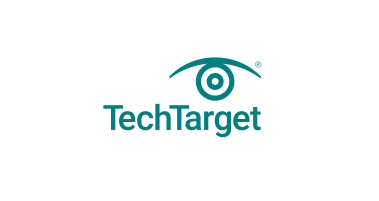USB-C, short for Universal Serial Bus Type-C, is a standard connection type that is commonly used for mobile and portable devices. It offers a single reversible connector that can be used for both charging and data transfer purposes. The goal of USB-C is to replace all previous USB types and become a widely used standard.
USB-C is developed by the USB Implementers Forum (USB-IF), which is a consortium of over 1,000 companies that support and promote USB technology. The aim of USB-C is to provide a single, universal connector that can be used across a wide range of devices, eventually replacing older USB connectors and other types of ports such as HDMI, DisplayPort, and VGA.
Most USB-C connectors have a peak connection speed of up to 10 gigabits per second (Gbps). These ports are known as USB 3.2 Gen 1×2. There are also USB-C ports that support lower transfer speeds, as well as ports that support higher speeds of up to 20 Gbps, known as USB 3.2 Gen 2×2. However, these higher-speed ports are not yet widely available. All USB-C ports are backward compatible.
USB-C ports support USB 2.0 through USB 4 and can provide transfer rates of up to 40 Gbps. Additionally, USB-C connectors can deliver up to 100 watts (W) of power, which is sufficient for most laptops and smaller devices. In the future, USB-C is expected to meet the power and data transfer needs of many devices in a compact connector format.
USB-C is compatible with previous USB standards through the inclusion of extra pins. Older devices such as USB-A and USB-B can be connected to USB-C ports using a USB-C-to-USB adapter. USB-C is considered an upgrade over USB-A and USB-B due to its reversible port, ability to power more devices, and support for higher data transfer rates. USB-C is also compatible with Thunderbolt, a port jointly created by Intel and Apple, allowing for data transfer, device charging, and connectivity between computing and peripheral devices.
When comparing USB-C with micro USB, USB-C is a newer standard introduced in 2014, while micro USB dates back to 2007. USB-C is slightly thicker than micro USB and has a more oval, symmetrical shape. The key advantage of USB-C is its reversible connector, which eliminates the need to align the connector with the port direction. USB-C also supports higher data speeds of up to 20 Gbps compared to micro USB’s maximum speed of 480 Mbps. USB-C is capable of fast charging, whereas micro USB is not. While micro USB is currently compatible with more devices due to its longer time in the market, USB-C is expected to become the standard and gain compatibility with more devices over time.
In October 2022, the European Union Parliament announced a requirement for mobile devices sold in the EU, such as phones, tablets, and cameras, to be equipped with a USB-C charging port by the end of 2024. This rule will later extend to laptops by spring 2026. The objective is to reduce e-waste, simplify device charging for consumers, and promote sustainability.
USB-C is a widely used connectivity standard for portable devices, including smartphones, external hard drives, smart home devices, and laptops. Its development from USB 1.0 to USB4 has brought faster speeds, smaller connectors, and the standardization of USB-C.




